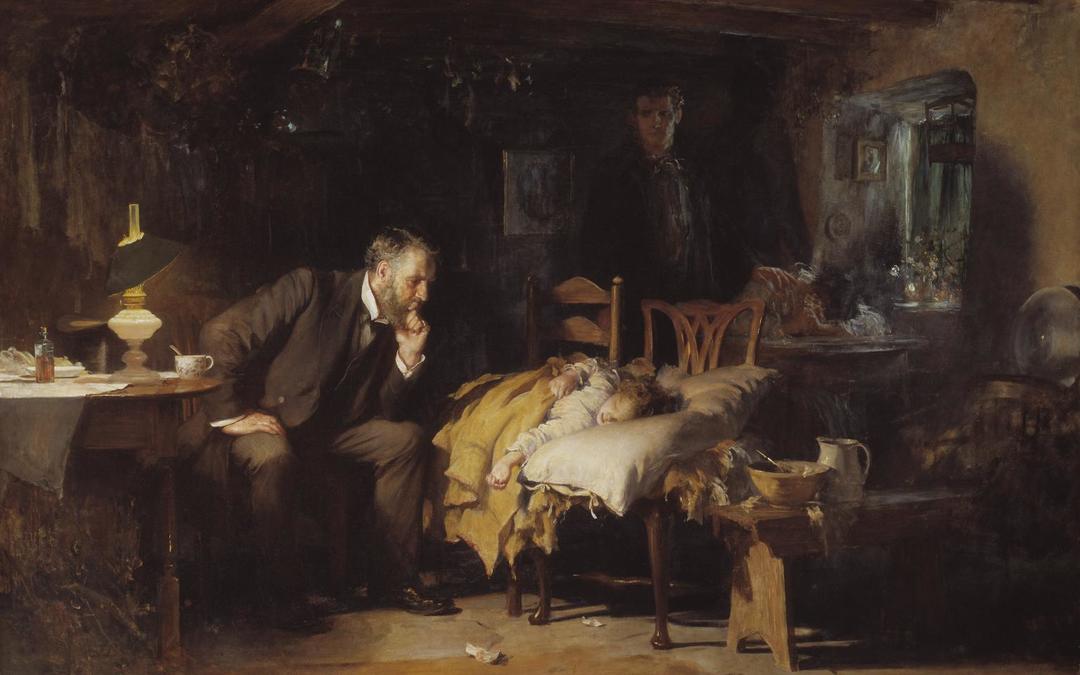A guest blog by Dr. Joseph C. Kvedar
In the last century, we have extended the lifespan by 25 years, but have done little to help us use those additional years in the most productive, fulfilling and healthful ways. I believe our first priority should be to enhance what I call the healthspan, by giving people the tools needed to improve their health and inspire them to maintain healthy lifestyle choices. If we do this right, we will turn this growing cohort of older adults from being seen as a burden to one that is remaining vital, connected and adding value.
In my recent book, The New Mobile Age: How Technology Will Extend the Healthspan and Optimize the Lifespan, I outline one of the biggest, and most complicated, opportunities we have in how we deliver care — bringing the healthspan in line with the lifespan. The fact is, we are going to run out of healthcare providers and caregivers to care for society’s aging population. In fact, in 2020, for the first time in history, there will be more people over 65 than those younger than five years old. And, by 2050, 16% of the world’s population will be over the age of 65, double the population of children under five years old. Put more simply, we’re running out of young people to take care of old people!
The fact is, we are going to run out of healthcare providers
and caregivers to care for society’s aging population.
To address this looming crisis, we must adopt the use of technology to create one-to-many care delivery models, rather than the more traditional one-to-one model that is already overburdened. This is critical to bridging the gap between the growing number of patients and the diminishing number of care providers. I call this kind of delivery model connected health.
Connected health is time-and-place-independent care facilitated by technology, such as online communications like FaceTime; wearable devices that track daily activity, sleep patterns, nutrition, mood and so much more; and texting and mobile apps to keep people connected, engaged and informed about their health and wellness. We are also exploring the use of social robots, artificial intelligence (AI), vocal biomarkers and facial decoding to analyze emotion, anticipate health problems, improve quality of life and enable better relationships with healthcare providers.
I was inspired to read an article in the Harvard Business Review by Megan Beck and Barry Libert (February 15, 2017), The Rise of AI Makes Emotional Intelligence More Important. Most knowledge workers do a few things repeatedly – gather data, analyze, formulate a plan and execute that plan. I immediately saw a parallel to the world of doctoring: gather data = medical history and physical exam; analyze = devise a differential diagnosis; formulate = create a care plan; and execute that plan. Beck and Libert point out that with the minimally sophisticated AI we have today, computers can do most of this work more effectively than people. Yet, we pay little attention to the human side of care delivery that relies on those emotional intelligence traits that only humans and not machines possess — including caring, judgment and attention to quality. Likewise, I think care providers are underutilizing technology and continually trying to prove that our patients are better off if these routine tasks are done by humans.
We must develop these technologies to enhance and support the human interaction between a healthcare provider and patient, not in competition. One of my favorite paintings is by the artist Luke Fildes, from the late 1800s, that depicts the purity of the patient doctor relationship. The patient in the painting, a child, will most likely die. But you see the doctor, at her bedside, at the family’s home, providing whatever care, comfort and compassion he could.
Healthcare professionals need to look for opportunities to outsource routine tasks to machines,
not be afraid to do so, and appreciate the value of caring and human connection, judgment and attention to quality.
For more than 20 years, we’ve known that there is a positive correlation between a caring doctor/patient relationship and improved health outcomes. So rather than compete with technology, we have to learn how to embrace it. We all must work together to get this right — to use technology to create one-to-many care models that recognize the value of human bonding in the care process. Most healthcare providers went into the field because of their desire to care for patients. The 21st century paradox is that, in order to free up time to do this, we must embrace technology and outsource routine tasks. In fact, in a recent TEDx Talk, I answer the question, Why Humans are the Future of Digital Health.
Healthcare professionals need to look for opportunities to outsource routine tasks to machines, not be afraid to do so, and appreciate the value of caring and human connection, judgment and attention to quality. For those developing the technologies, you must create solutions that integrate tech into personal, human care delivery, to not only improve the consumer experience, but require fewer interactions with humans throughout the care journey. And, for consumers, although the choices are still limited, you should seek out healthcare providers that integrate technology in their services in a way that is pleasing to you. We already have the tools to create one-to-many care delivery models, but we must design that future properly. When we stop competing with technology, we can make the 21st century, the century of the healthspan.
Image: The Doctor. Sir Luke Fildes (1843-1927). Exhibited 1891; presented by Sir Henry Tate 1894. Photo © Tate, CC-BY-NC-ND 3.0 (Unported). http://www.tate.org.uk/art/work/N01522.


